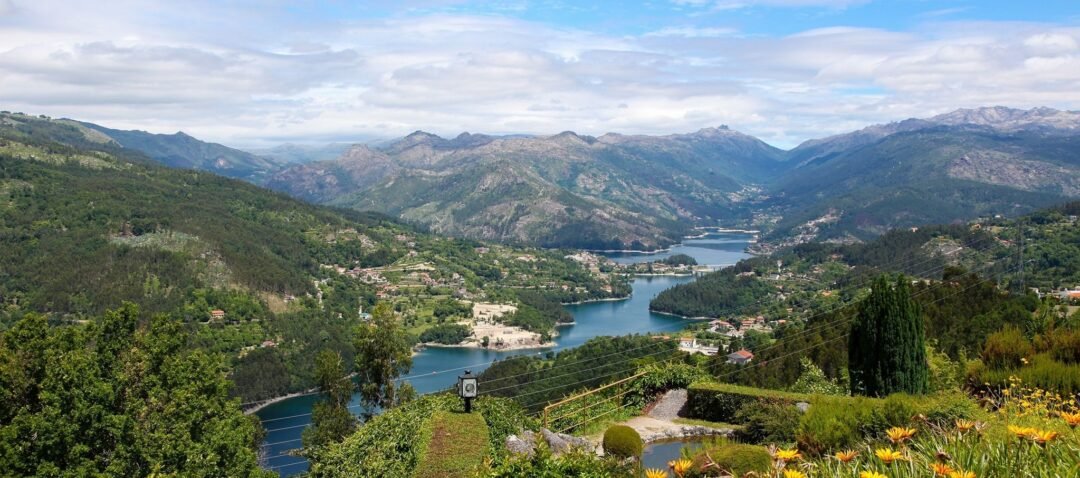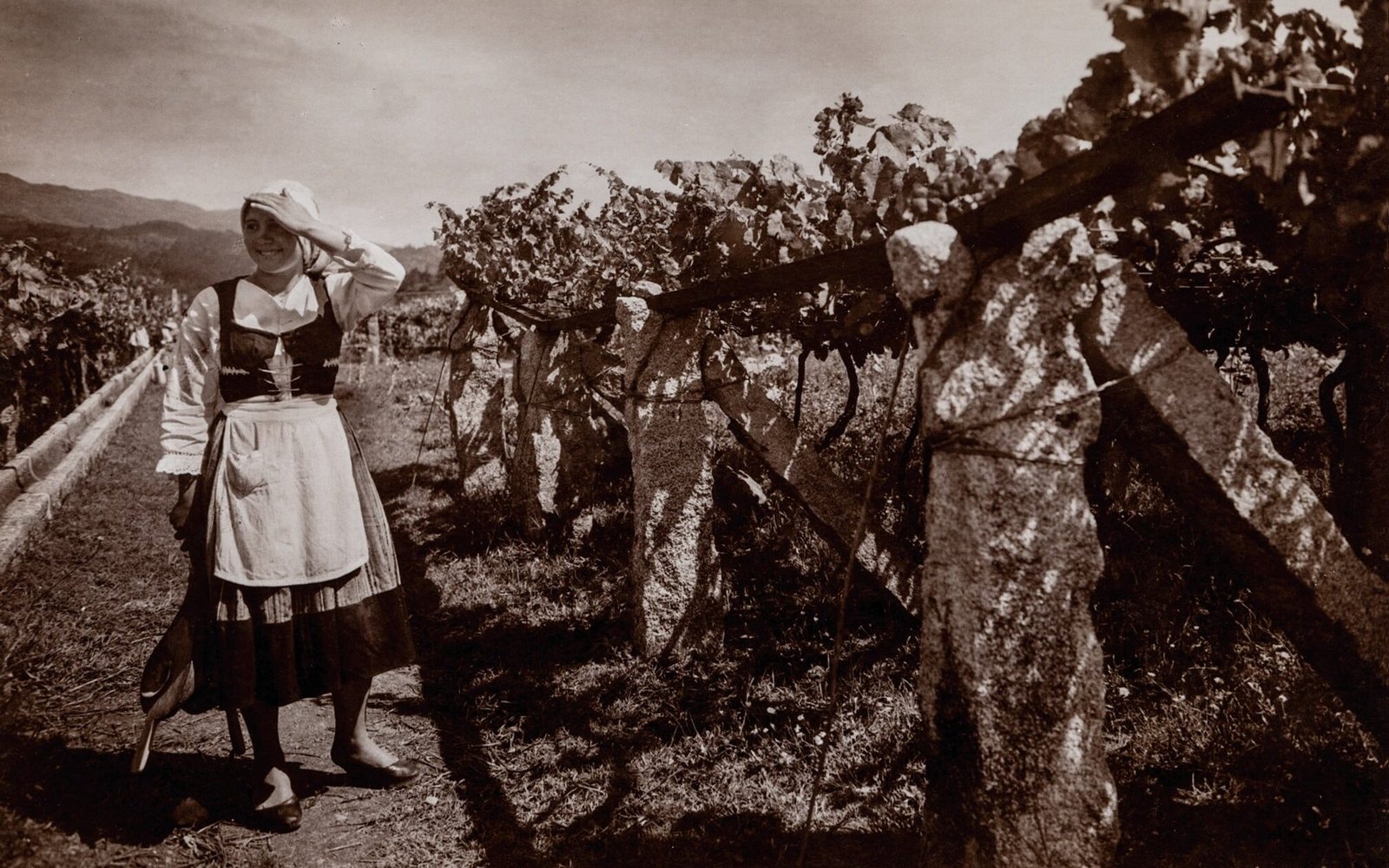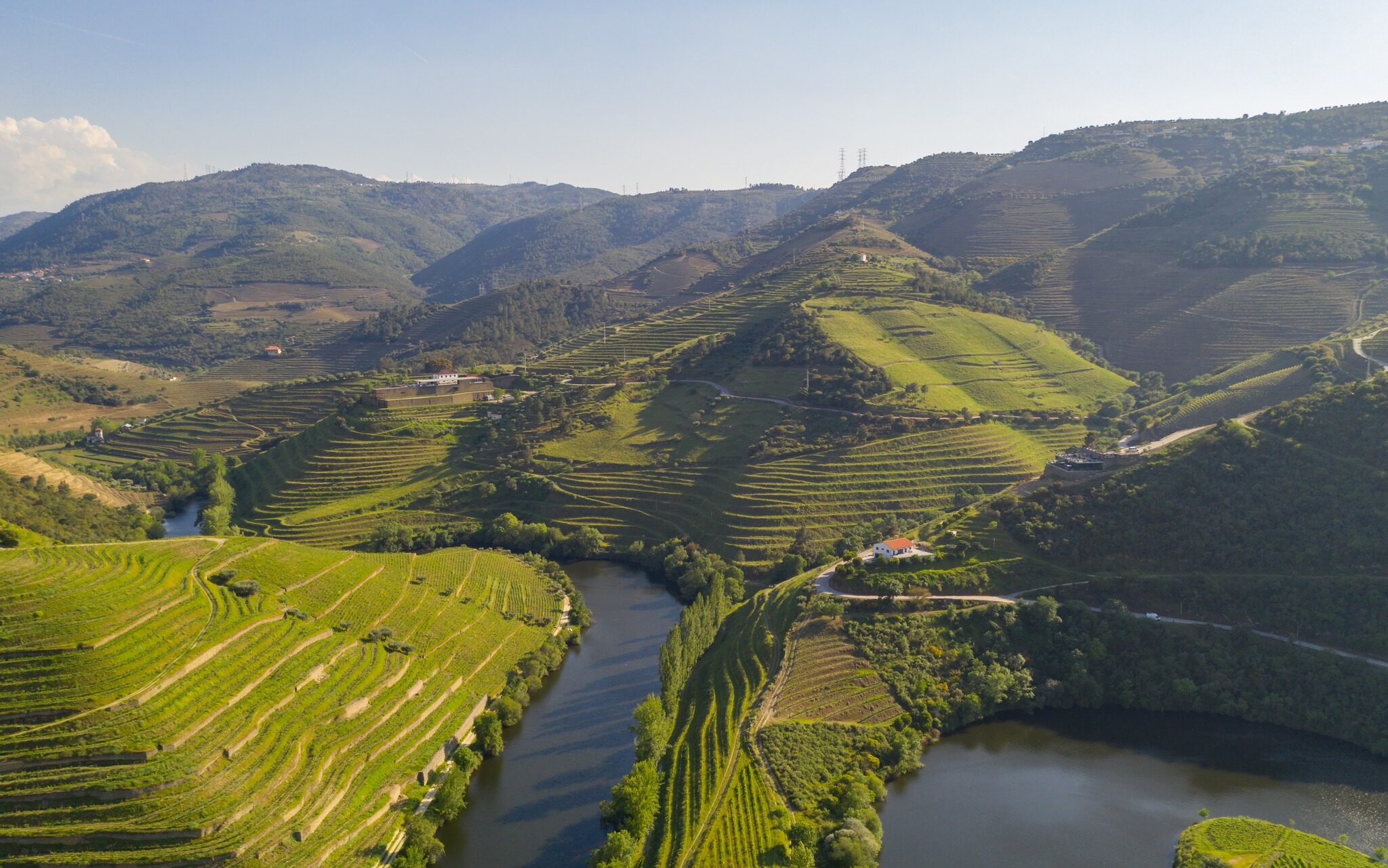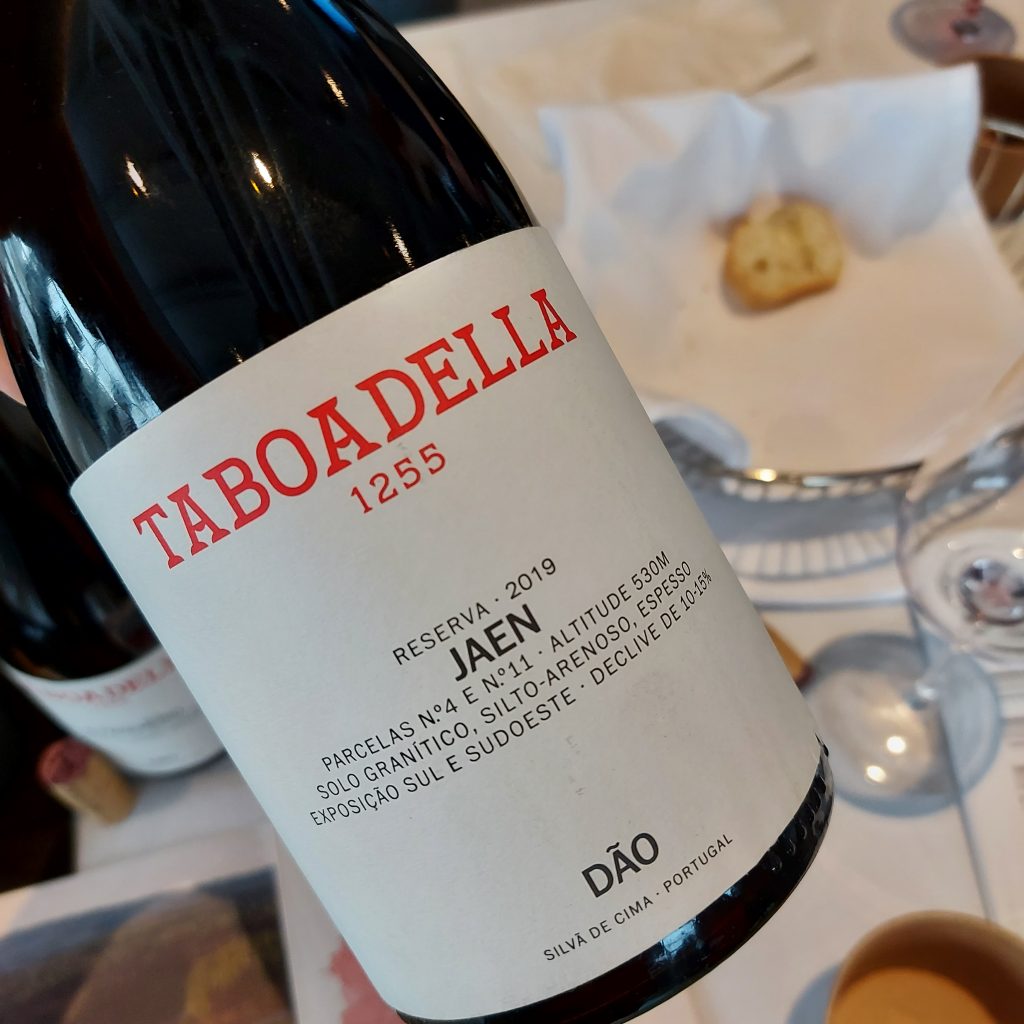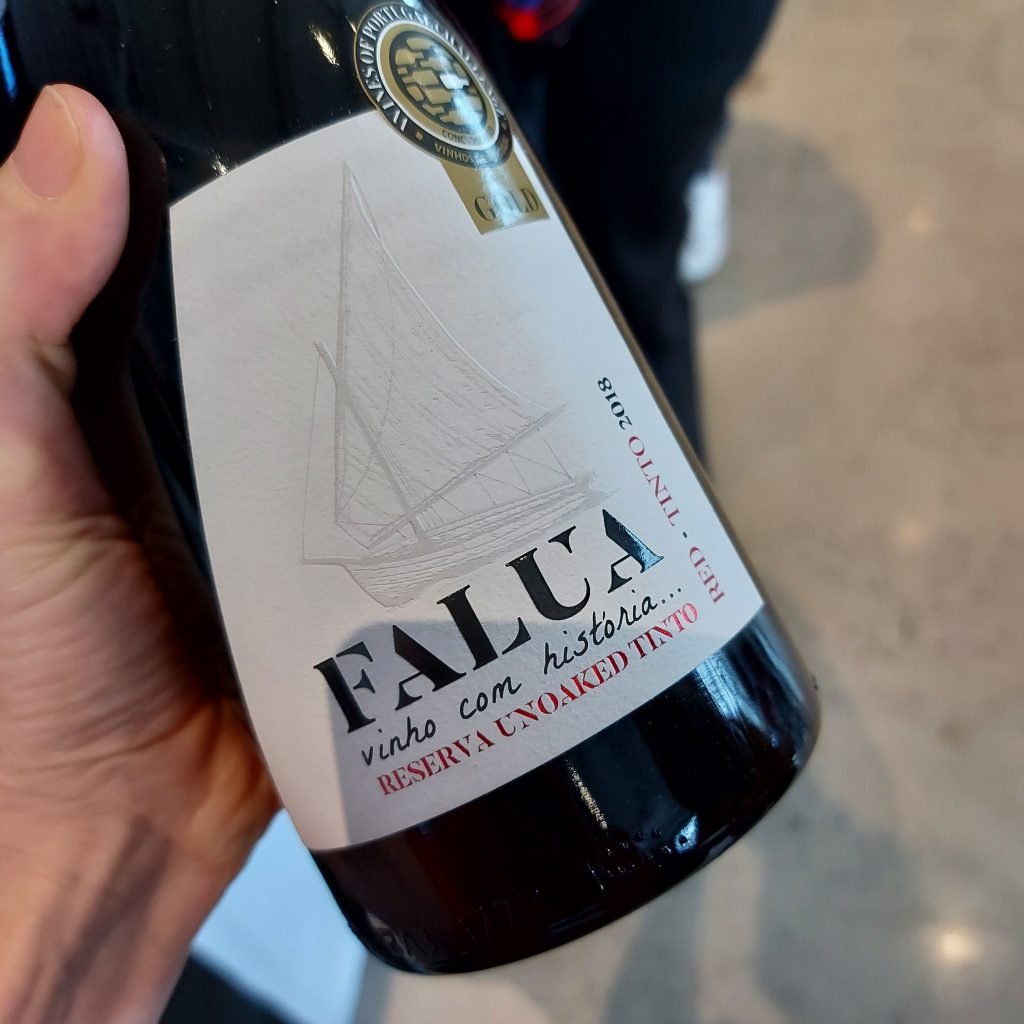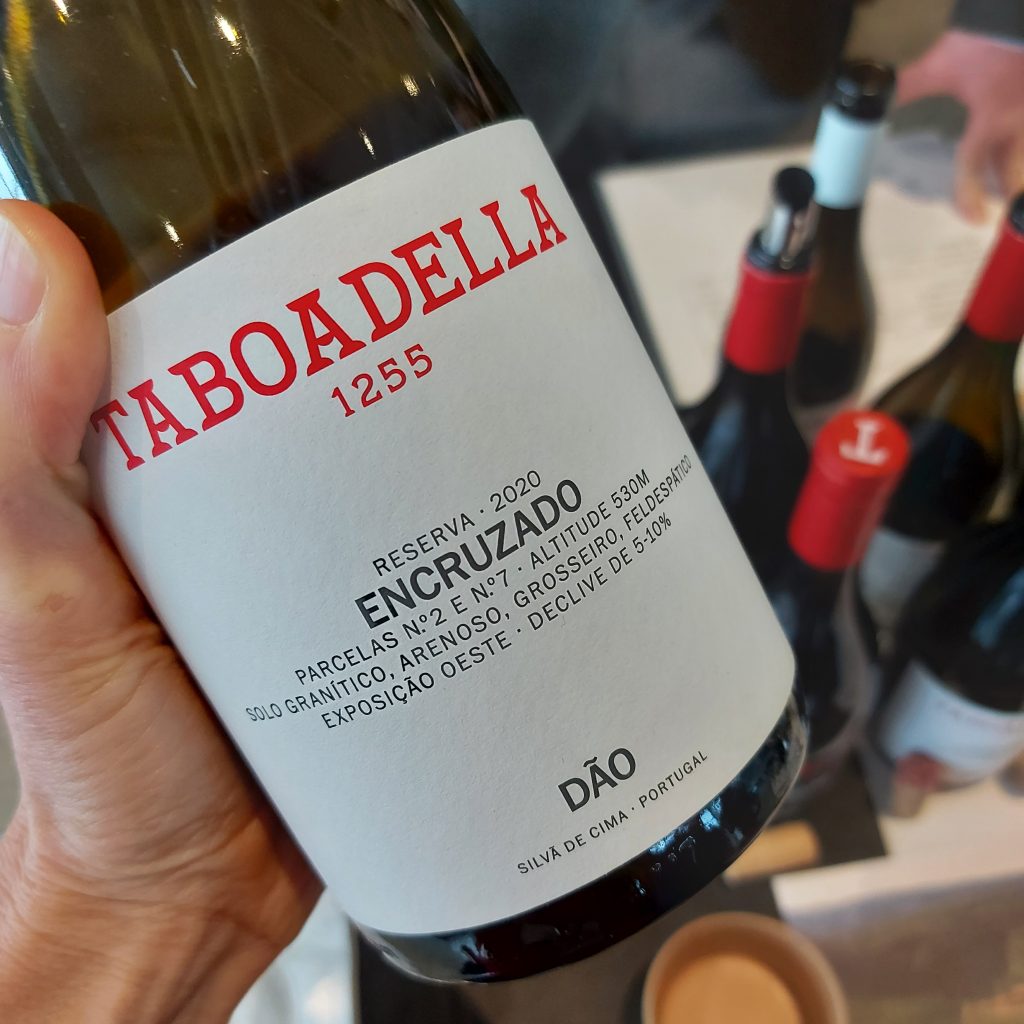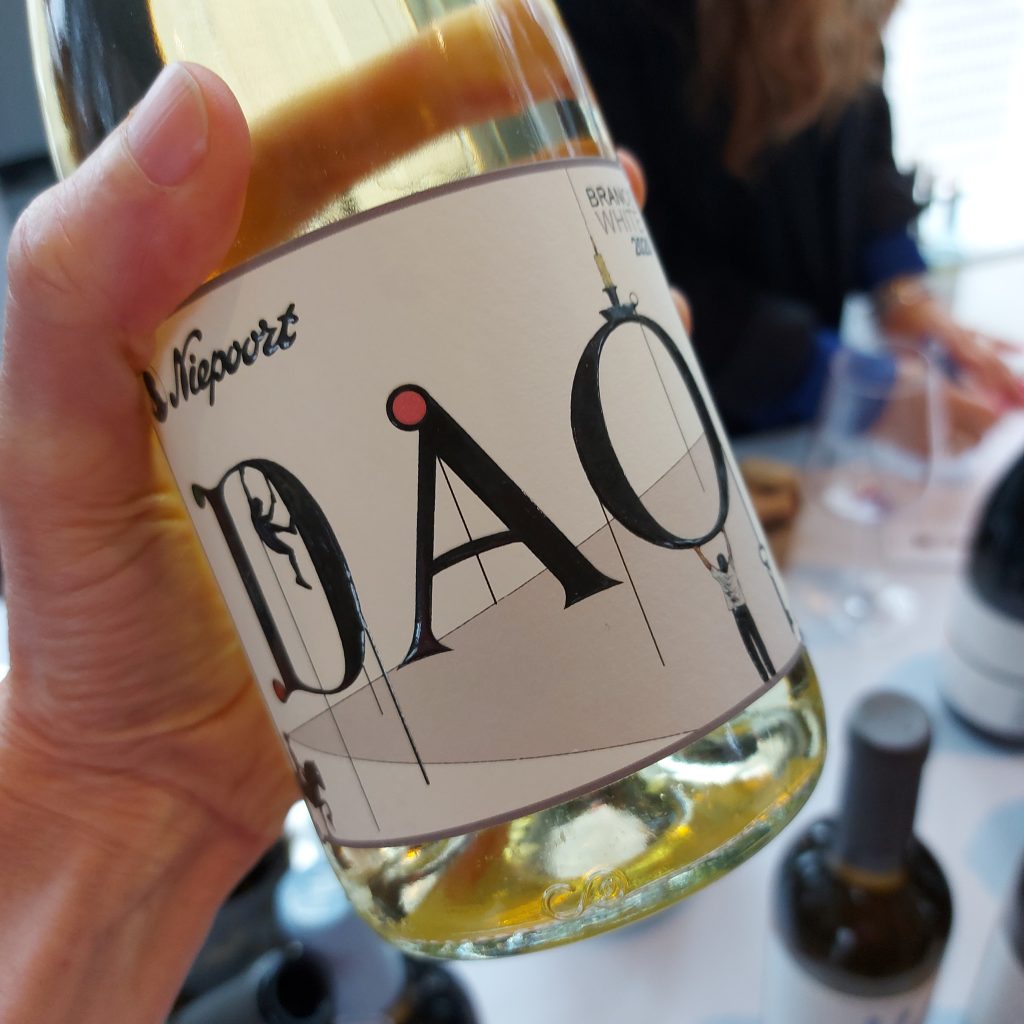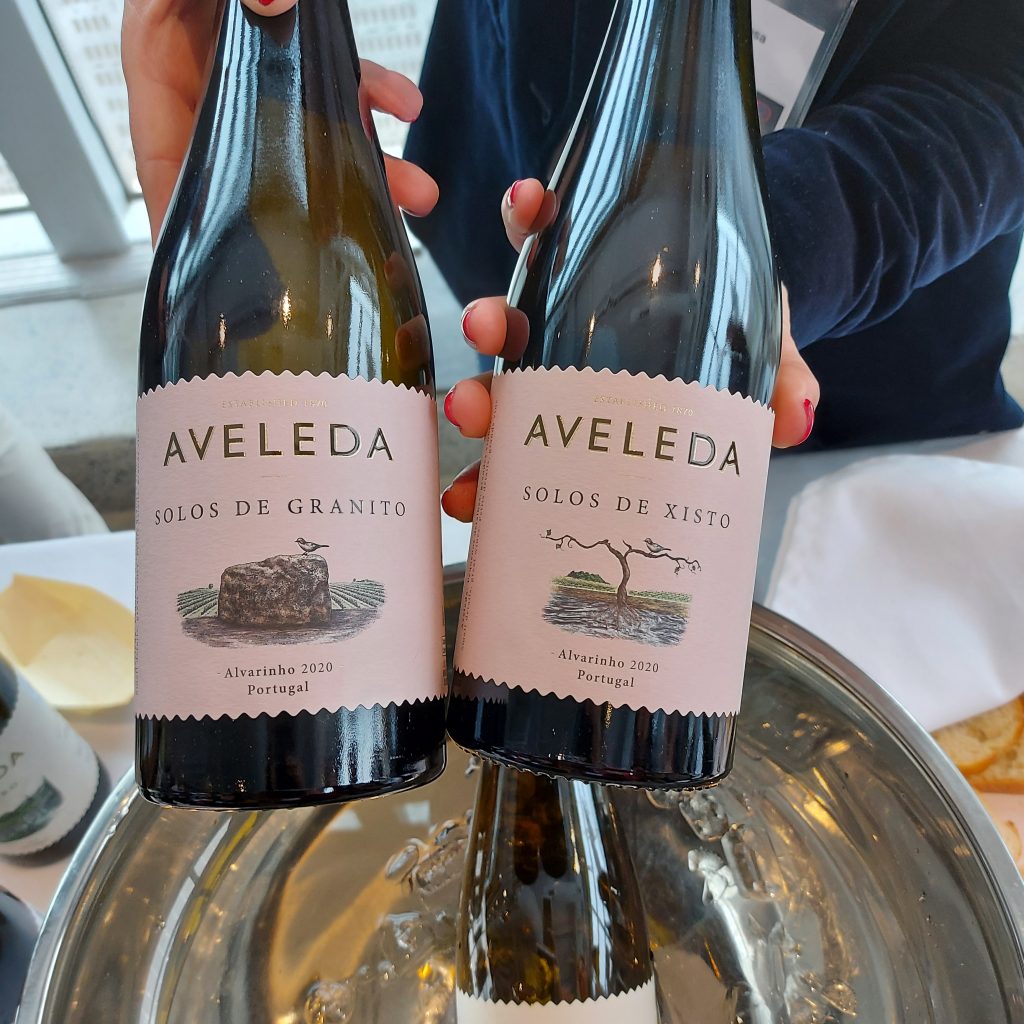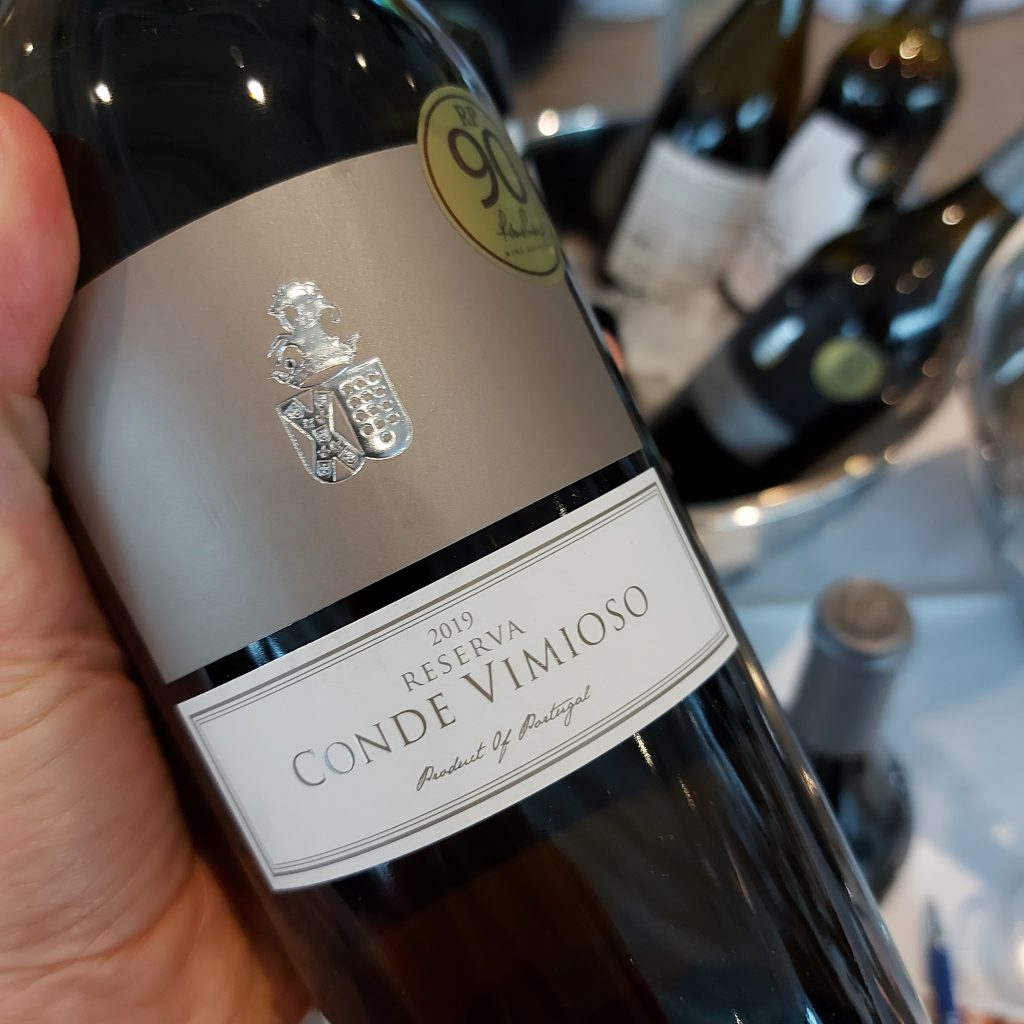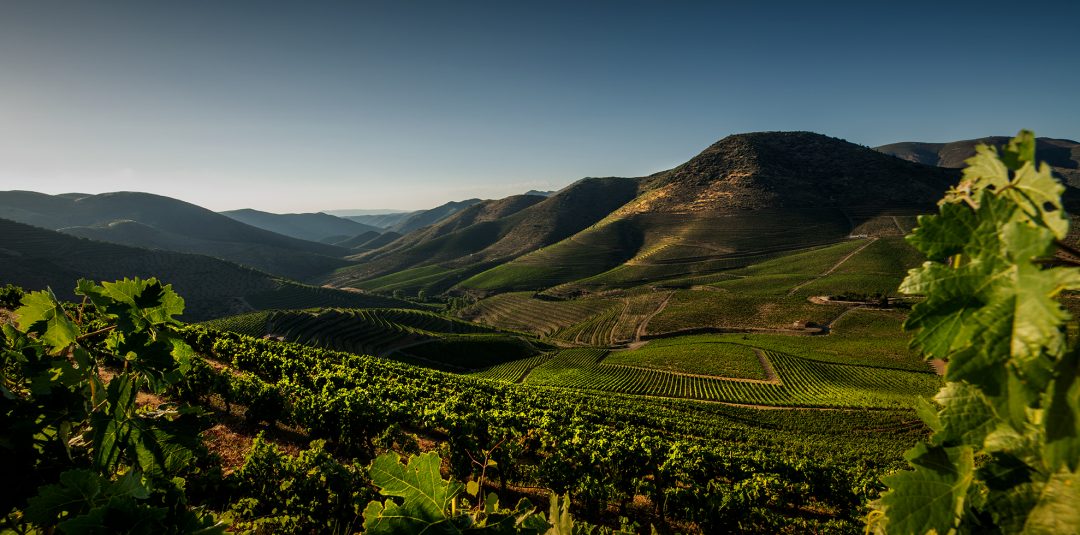Exploring Niepoort’s Portuguese dry wine, their love of indigenous grapes, and the future of a wine powerhouse.
Mention Portuguese wine, and most enthusiasts today will nod knowingly — Vinho Verde for crisp whites, Alentejo for bold reds, Dão and Bairrada for structure and ageability. Portugal has long shaken off its one-dimensional “Port-only” image.
But how did this transformation happen?
One of the most fascinating ways to trace Portugal’s wine renaissance is through the impressive evolution of one of its historic Port houses: Niepoort.
Over the past three decades, Niepoort has risen from a respected producer of traditional fortified wines into one of the country’s most admired names in dry, table wines. Their story, from early risks, to region-hopping, championing indigenous grapes, and a dogged pursuit of freshness, mirrors the broader shift that has propelled Portugal to new heights in recent years.
From Port to Portugal’s Wine Vanguard
Founded in 1842, Niepoort was long respected for its classic Ports. But things began to shift when Dirk Niepoort, the fifth generation of the family, took the helm in the late 1980s.
At the time, the Douro was still overwhelmingly associated with fortified wine. A handful of revered dry reds existed, led by Casa Ferreirinha’s iconic Barca Velha, but they were rare exceptions. It was Dirk, in large part, that galvanized a generation of producers to ask the question: what if the Douro region, with its well-drained, schist soils, steep slopes, beneficial river, and old vines, could produce great dry wines too?
Niepoort’s early efforts, notably Redoma Tinto and Redoma Branco, rapidly gained attention. Where many Portuguese whites of the era were lean and prone to rapid oxidation, and red wines were unabashedly big and bold, often with a certain rusticity, his were elegant and fresh. From a baking-hot climate, Dirk showed that balanced wines with restrained alcohol were not only possible — they could be deeply expressive. His vision was shaped in part by his admiration for Burgundy, particularly the transparency and finesse of Chambolle-Musigny and Volnay, which inspired his lighter touch in both red and white winemaking.
Dirk and his team worked with field blends of old-vine Touriga Franca, Tinta Roriz, Rabigato, and Codega do Larinho — championing indigenous varieties and historic vineyards. Rather than isolate or simplify, they embraced the complexity of these mixed plantings, treating them with low-intervention techniques and an emphasis on freshness. It was a distinctly modern interpretation of traditional Douro terroir, informed by global influences yet rooted firmly in place.
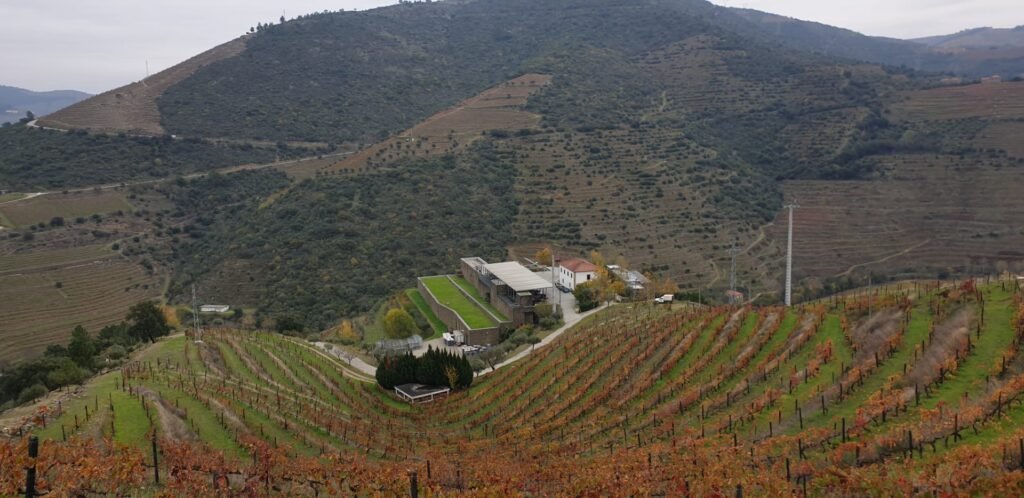
Beyond the Douro: Chasing Freshness Across Portugal
What’s perhaps most fascinating about Niepoort’s evolution is how it mirrors the modern diversification of Portuguese wine. While Dirk was one of the earliest and most vocal champions of this shift, he wasn’t alone. A growing movement of producers were reimagining what Portuguese wine could be: fresher, more transparent, more expressive of place. Among them were Anselmo Mendes in Vinho Verde, Luis Pato in Bairrada, and Álvaro Castro in the Dão.
In the ensuing years, Dirk and his team decided to look beyond Douro in their pursuit of interesting indigenous varieties, old vine plots, and fascinating terroirs. By the mid-1990s, Dirk had begun exploring Bairrada, attracted by its cool Atlantic influence and limestone-rich soils. This early interest culminated with the purchase of Quinta de Baixo, leading to refined Baga reds like Lagar de Baixo and Poeirinho.
The mountainous terrain and granite slopes of the Dão, yielded elegant bottlings like Conciso and the Dialogo. In the hot, dry Alentejo region of Southern Portugal, Niepoort sought out higher-altitude sites in the region’s cooler northern reaches to bring nuance and vitality to the wines, among them, the Copo Alegre white and red.
In 2015, his attention shifted to Vinho Verde’s Basto sub-region, where breezy, granitic hillsides provided the ideal setting for crisp, mineral-driven whites such as Dócil Loureiro and Teppo Peixe. Across these diverse landscapes, a shared philosophy emerges: harvest early, intervene minimally, and let the character of the vineyard shine through.
Today, Niepoort’s winemaking goes beyond Portugal. They also produce wines in regions like Germany’s Mosel Valley and across Spain, applying the same focus on expressing the character of each site.
Indigenous Grapes, Organic Practices, and a Shift in Identity
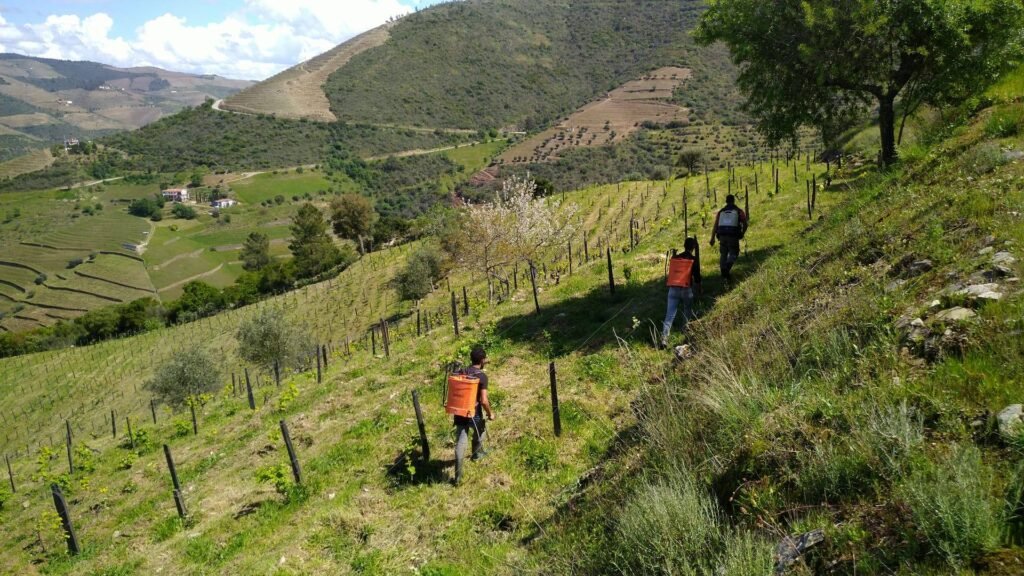
One of Portugal’s great strengths is its genetic diversity, according to some sources, second only to Italy in the number of native grape varieties. And Niepoort has championed that diversity at every turn.
Rather than chasing international styles or planting global varieties, Niepoort has doubled down on grapes like Encruzado, Bical, Maria Gomes, Arinto, and Loureiro. The number of white wines in the family’s range has exploded in recent years, reflecting the broader trend in Portugal toward vibrant, textured, mineral-driven whites. Indeed, at a recent tasting, it was the whites that stole the show, in this author’s humble opinion.
Equally notable is Niepoort’s commitment to sustainable viticulture. Many of their vineyards are certified organic or biodynamic (though not all are certified), and there’s a strong focus on minimal intervention in both vineyard and cellar.
The result? A wide spectrum of wines — from playful, glou-glou Nat Cool bottlings to cellar-worthy icons like Charme (an homage to Chambolle-Musigny) and Coche, one of Portugal’s top white wines.
A Changing of the Guard
Today, the Niepoort story enters a new chapter. Daniel Niepoort, the sixth generation, has stepped into the role of head winemaker. While Dirk remains closely involved, Daniel brings a quiet focus and deep passion for viticulture — often spending more time in the vineyards than in the cellar.
This transition reflects a broader generational shift happening across Portuguese wine just as it gains the international recognition it deserves. Alongside Daniel, producers like Filipa Pato in Bairrada, Luis Seabra in Douro, Pedro Marques from Vale de Capucha in Lisboa, and Tiago Teles in Bairrada are pushing boundaries in their regions. At the same time, Portugal’s established houses — from Ramos Pinto to Barbeito — are evolving rapidly to keep pace with the new wave.
What’s Next for Niepoort… and for Portugal?
If the past is any indication, Niepoort won’t stop innovating. New collaborations, continued exploration of forgotten grapes, and fresh interpretations of Portuguese terroir are surely on the horizon.
But perhaps what’s most exciting is how the Niepoort story reflects Portugal’s broader wine narrative: a country with deep traditions, daring ideas, and a future that feels brighter with every bottle.
Stand out Wines from my Recent Niepoort Portuguese dry wine tasting:
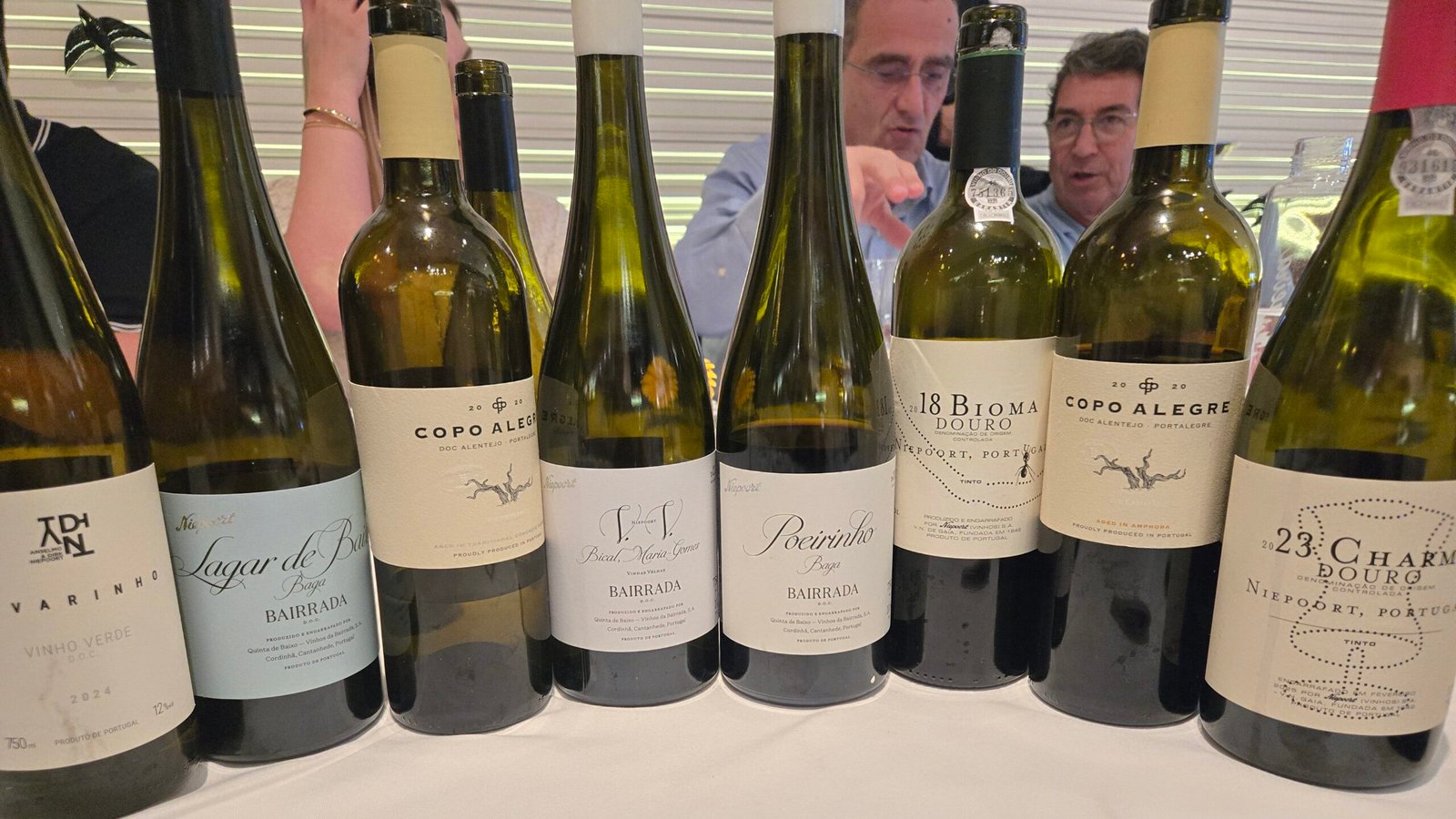
Niepoort ADN Alvarinho 2024 – 93pts. PW
Made in partnership with Vinho Verde maestro, Anselmo Mendes, the ADN Alvarinho is a zesty, refreshing white wine with vivid quince, apricot, ripe lemon, and hints of green almond. Medium in body, with a nice balance of tart citrus and riper stone fruit. Finishes bone dry.
Niepoort Copo Alegre Branco 2020, Alentejo – 91pts. PW
This is one of Niepoort’s newer projects, in the mountainous north of Alentejo. The grapes for this traditional blend, led by Arinto, Roupeiro, and Fernão Pires grow on limestone slopes. The result is ripe and seductive, with notes of honeysuckle, yellow stone fruit, lemon peel, and subtle nutty undertones. The palate is crisp and broad, with with a rounded mid-palate and refreshing bitters providing lift to an otherwise quite soft finish.
Niepoort Conciso Branco 2022, Dão – 95pts. LW
This Bical, Malvasia, and Encruzado blend is fermented and aged 20 months in large oak casks, giving a satiny texture and well integrated laquer of toasty, vanilla nuances on the nose and palate. Aromas of lemongrass, beeswax, and white blossom give way to a racy, citrussy character on the palate. The acidic punch and taut initial structure is beautifully balanced by the ripe fruit and enveloping oaked notes on the finish.
Niepoort V. V. Vinhas Velhas 2021, Bairrada – 92pts.
Cooling sea breezes and limestone soils give this blend of Bical and Maria Gomes (aka Fernão Pires) a bracing, green citrus character that nicely offsets the fleshy, rounded mid-palate. Toasty. vanilla oaked notes mingle with macerated yellow fruit, and hints of almond on the nose. Finishes supple and dry.
Niepoort Redoma Branco Reserva 2023, Douro – 95pts. LW
The 2023 vintage of this grand Douro white is a study in power and elegance, with its attractive flinty, hazelnut, lemon, and orchard fruit aromas, soaring over hints of toasted oak. The palate is lively and layered, with a creamy, fairly concentrated mid-palate and lingering green fruit, nutty, and savoury flavours.
Niepoort Conciso Tinto 2017, Dão – 89pts. PW
The Conciso Tinto is made from 80 – 100 year old Baga and Jaen vineyards, on Niepoort’s Quinta da Lomba property in the Dão. The nose is an inviting, effusive array of ripe red fruits, spanning the range from rhubarb to raspberry, with herbal, brambly undertones. The palate begins nicely, in a fresh, medium bodied manner, but gamey, leathery notes slightly overpower the fruit, from my palate, ending with slightly coarse-edged tannins.
Niepoort Poeirinho 2020, Bairrada – 94pts. LW
The Poeirinho cuvée, from Niepoort’s Quinta de Baixo, is proof positive of the finesse a well-made, old-vine Baga wine can offer. Pretty aromas of macerated strawberry, dried plum, floral, and brambly notes harmonize nicely on the nose. The palate is brisk and full-bodied, with a firm, sinewy structure and ripe yet still quite grippy tannins. Needs 2 – 4 years further to soften. Excellent moderate term ageing potential.
Niepoort Charme 2022, Douro – 96pts. LW
This Bourgogne inspired Tinta Roriz and Touriga Franca old vine blend is crushed and initially macerated in lagares, then aged for 18-months in French oak barrels. Heady notes of morello cherry, red plum, hibiscus, wood spice, and subtle earthiness define the nose. The palate is hugely complex, with fresh, juicy acidity lifting and lightening the ample frame. This is a highly concentrated red, with layers of spiced, toasty oak, and fine, velvety tannins. Needs another 3 – 4 years to fully harmonize, with easily another 10 – 15 years ageing potential.
Where to purchase these wines ?
Sadly for my local audience, all of these wines are private imports. Look out for them at fine-drining restaurants, like the excellent Ferreira Café where this tasting (and a fantastic lunch) took place. Inquire with the agent for prices and buying options: Alivin Québec. For readers from outside of Québec, websites like WineSearcher give a great overview of stockists near you.




